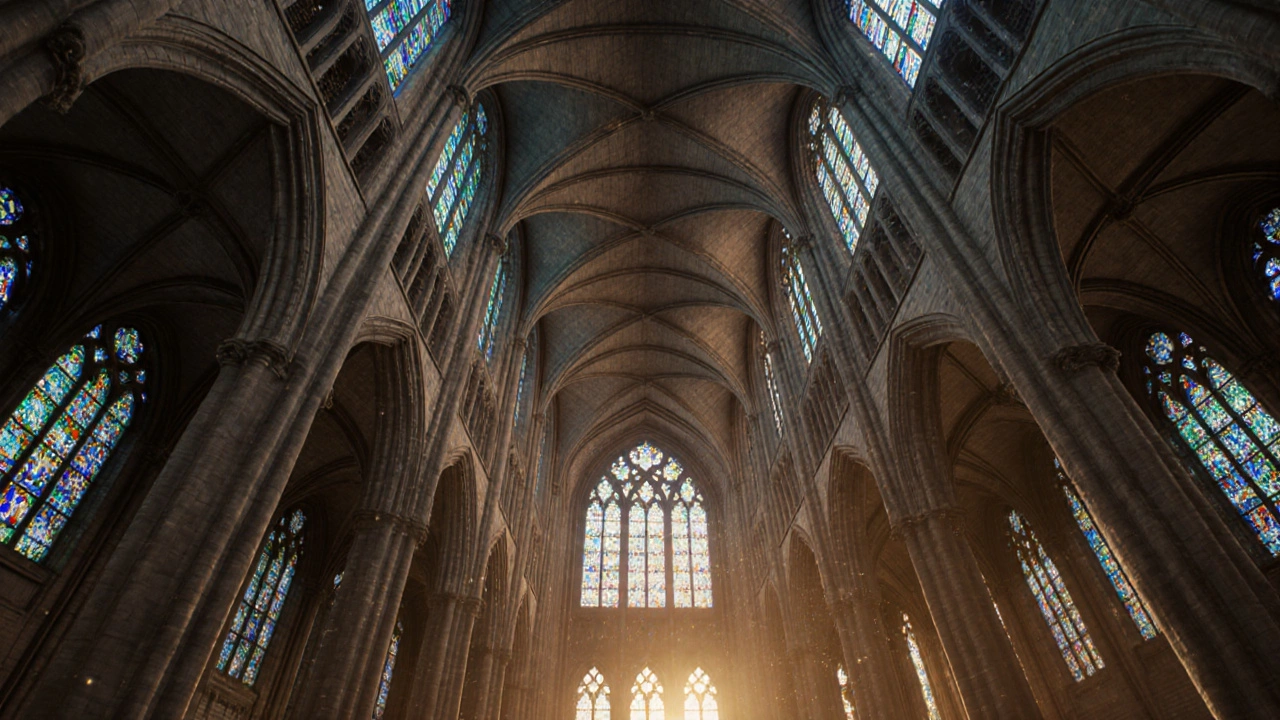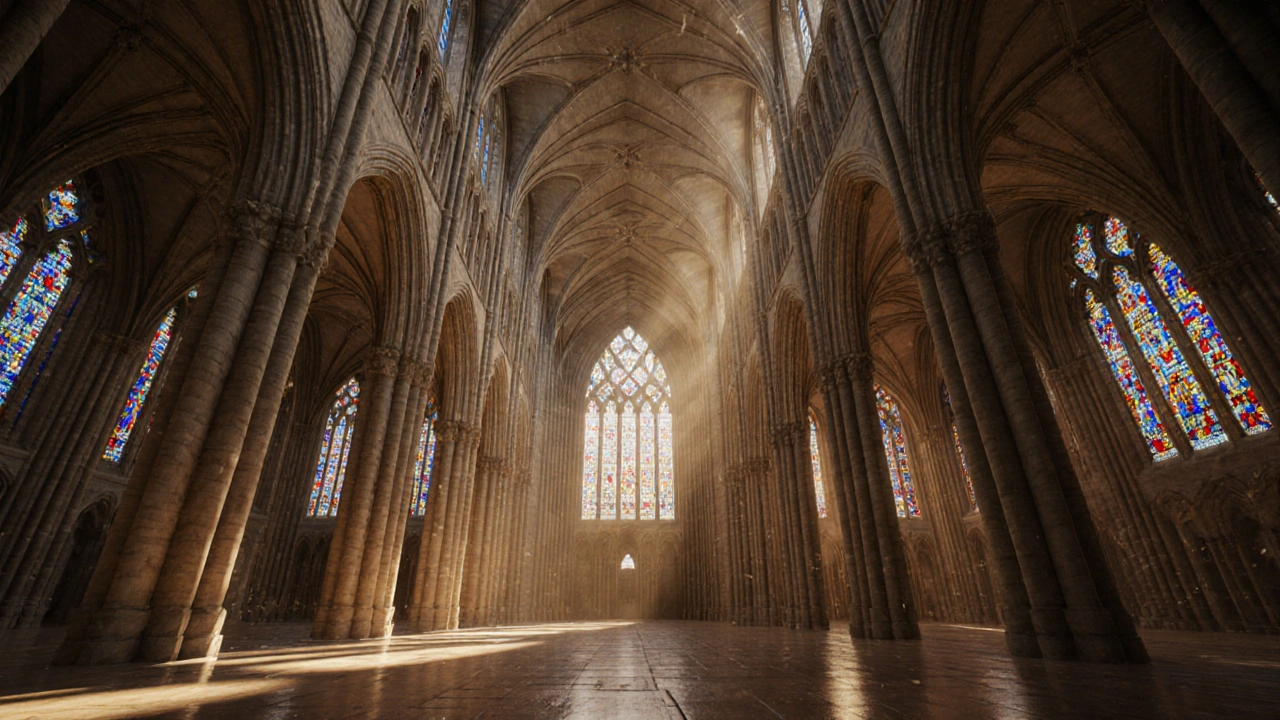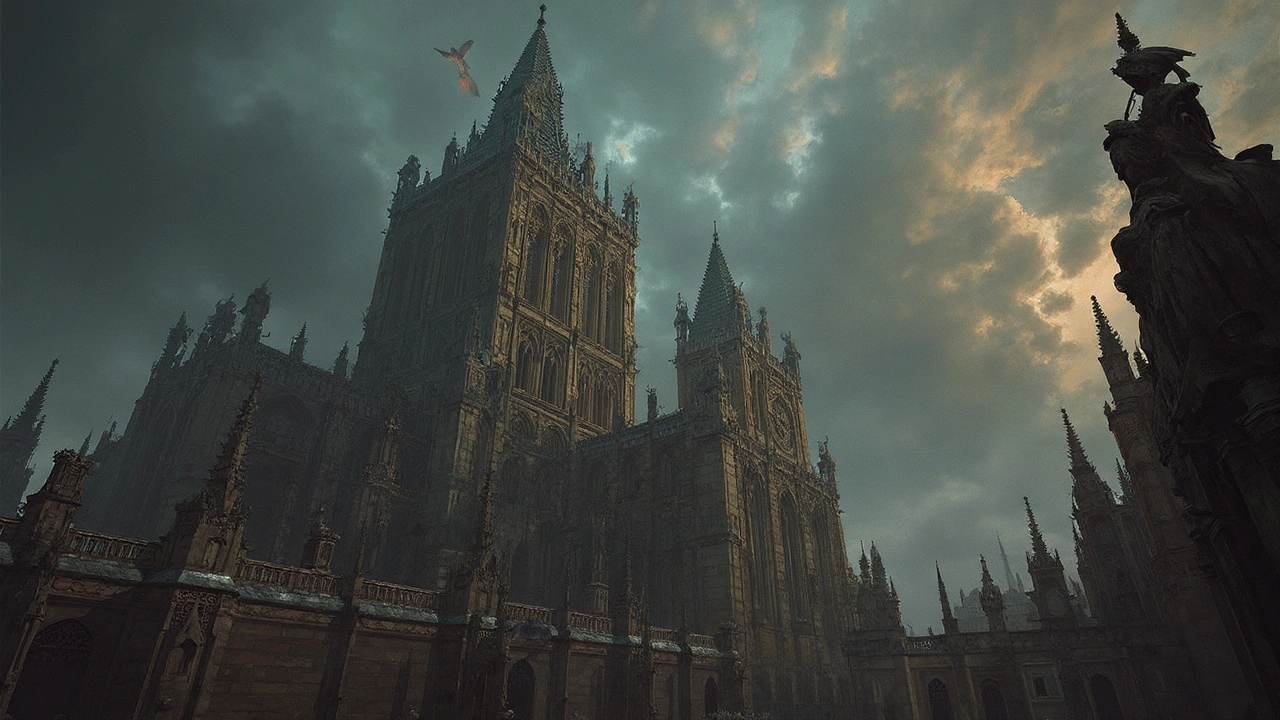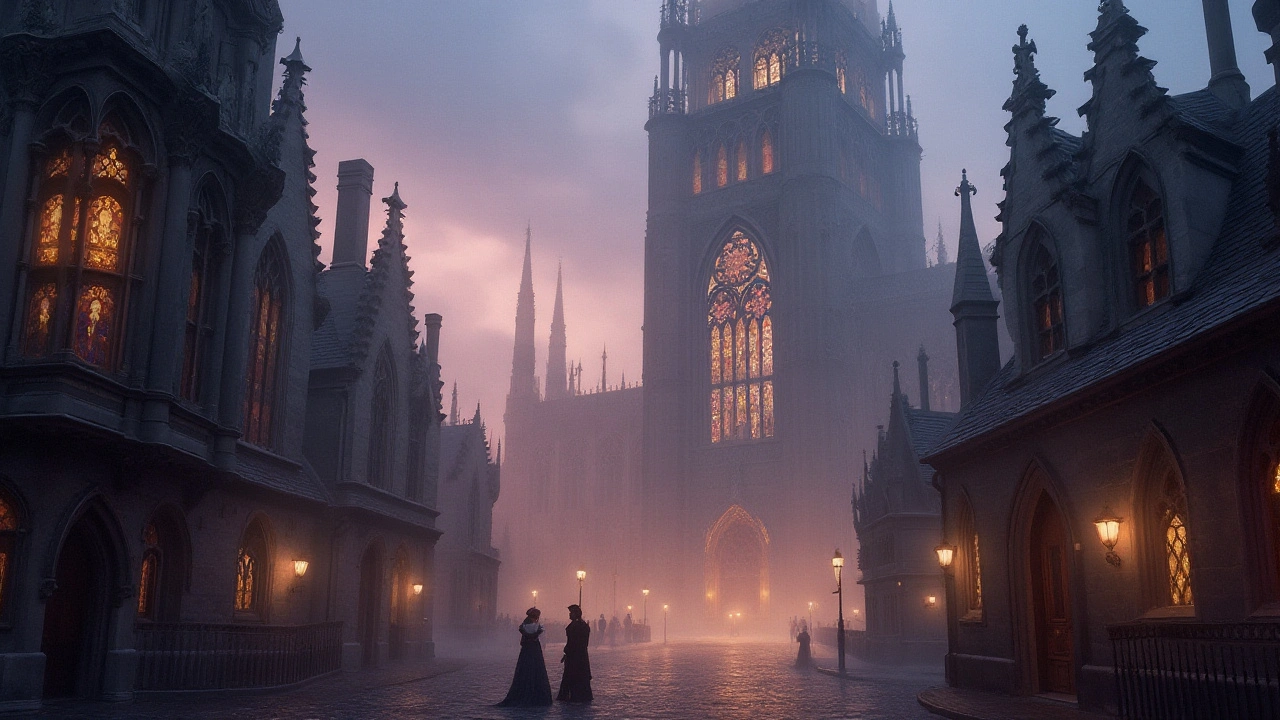Gothic Architecture: How to Recognize It and What Makes It Last
Gothic architecture grabs attention fast: tall spires, pointed arches, and windows full of colored light. It started in twelfth-century France and changed church design across Europe for centuries. You’ll see Gothic in cathedrals, town halls, university buildings, and later in Gothic Revival homes and civic buildings. This short guide helps you spot key features, understand why they matter, and pick great places to visit.
Key features to spot
Start with the silhouette. Gothic buildings push the eye upward with vertical lines, towers, and pointed spires. Look for pointed arches—these are the most obvious clue. Pointed arches channel weight down more efficiently than round arches, which let builders open walls for taller windows and bigger interiors.
Flying buttresses are the practical eye candy of Gothic design. They lean away from the building and carry roof thrust to distant piers, so the main walls don’t have to hold all the load. That frees up wall space for stained glass. Rose windows and tall lancet windows tell stories and brighten interiors; their stone tracery divides glass into decorative shapes.
Inside, ribbed vaults form a web of stone above the nave. Ribs focus forces into pillars and columns, which lets ceilings rise higher without thick masonry. Carved details appear everywhere—gargoyles drip water beyond the walls, while pinnacles and crockets finish rooflines. These ornaments are not empty showmanship; they balance structure and guide rain away.
Where to see Gothic and why it matters
France and England hold classic examples, but Gothic spread across Europe. Chartres, Amiens, and Notre-Dame in Paris set early benchmarks. In England, Canterbury Cathedral and York Minster show different regional approaches, and late medieval vaulting at King’s College Chapel feels almost sculptural. Cologne Cathedral in Germany gives you that towering, twin-spired drama.
Gothic Revival reinterpreted these features in the nineteenth and early twentieth centuries. Town halls, university quads, and suburban churches borrowed arches, towers, and tracery to suggest history and gravity. Revival examples help you connect the original medieval ideas to modern functions—libraries that look like chapels or guildhalls dressed in Gothic details.
When you walk a city, use these clues: check the arch shape, count buttresses, notice window tracery, and look up at vault ribs. Decide if a building is original Gothic or a Revival pastiche by how structure and ornament work together. Read stones like a story: they reveal how builders solved real problems while making spaces that still move people today.
Bring the right mindset: allow time to stand in a nave and watch light change over an hour. Carry a guidebook or use a good architecture app to read inscriptions and dates. Photograph details—close shots of tracery, vault ribs, and corner buttresses tell more than a wide shot. If you can, visit at different times of day; morning light and evening shadows reveal carving depth and color in glass. These habits turn a visit into a clear lesson in how Gothic design solved shape, light, and structure.

Gothic Architecture - How Art Meets Engineering in Medieval Cathedrals
Explore how Gothic architecture blends soaring stone engineering with vibrant art, from flying buttresses and rib vaults to stained‑glass marvels, and see its lasting impact on modern design.
Read more
How Gothic Architecture Revolutionized Design
Explore how Gothic architecture's structural and visual innovations reshaped design, influencing everything from medieval cathedrals to modern skyscrapers.
Read more
Decoding Symbolism in Gothic Architecture
Gothic architecture is more than just stunning cathedrals; it's a language written in stones. This article uncovers the hidden meanings behind its towering structures, intricate designs, and mysterious figures. From flying buttresses to pointed arches, learn how each element conveys stories of faith, power, and medieval life. Get ready to see these ancient buildings in a whole new light with fascinating insights that you won't find in a typical history book.
Read more
Unveiling the Dark Allure of Gothic Architecture
Gothic architecture stands as a testament to the creative genius of the medieval period, characterized by its soaring spires, intricate sculptures, and mesmerizing stained glass windows. This style emerged in 12th-century France and quickly spread across Europe, leaving behind awe-inspiring cathedrals and churches. Despite its ominous name, Gothic architecture exudes a unique romance and grandeur that captivates visitors even today. Its design elements are not just for aesthetics but serve functional purposes, an intriguing blend of beauty and engineering. Join us as we explore the captivating elements that define Gothic architecture's legacy.
Read more